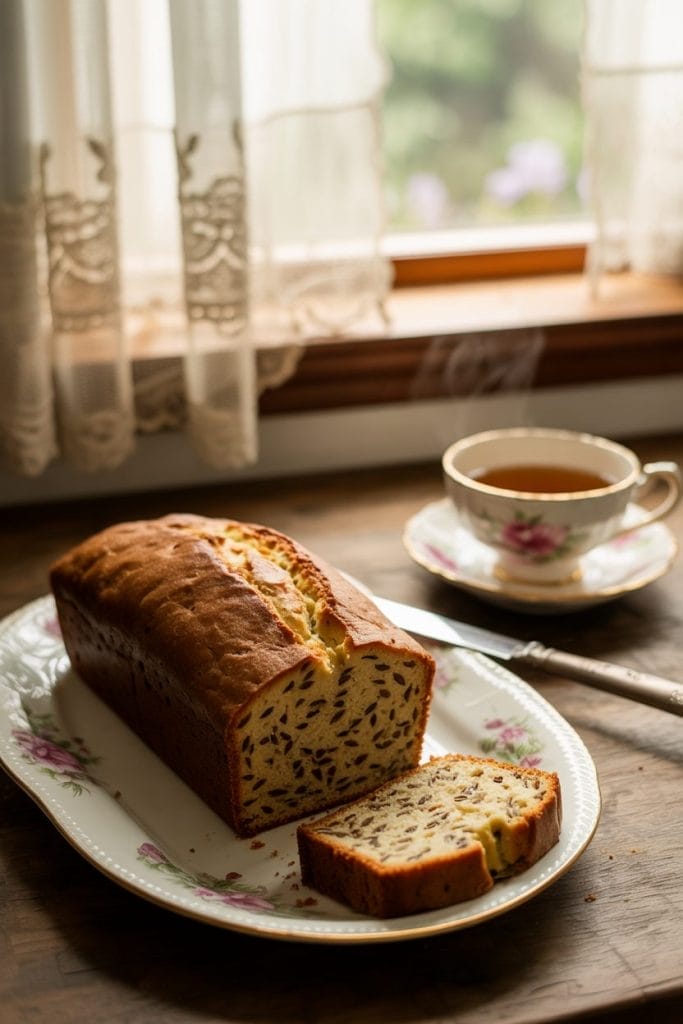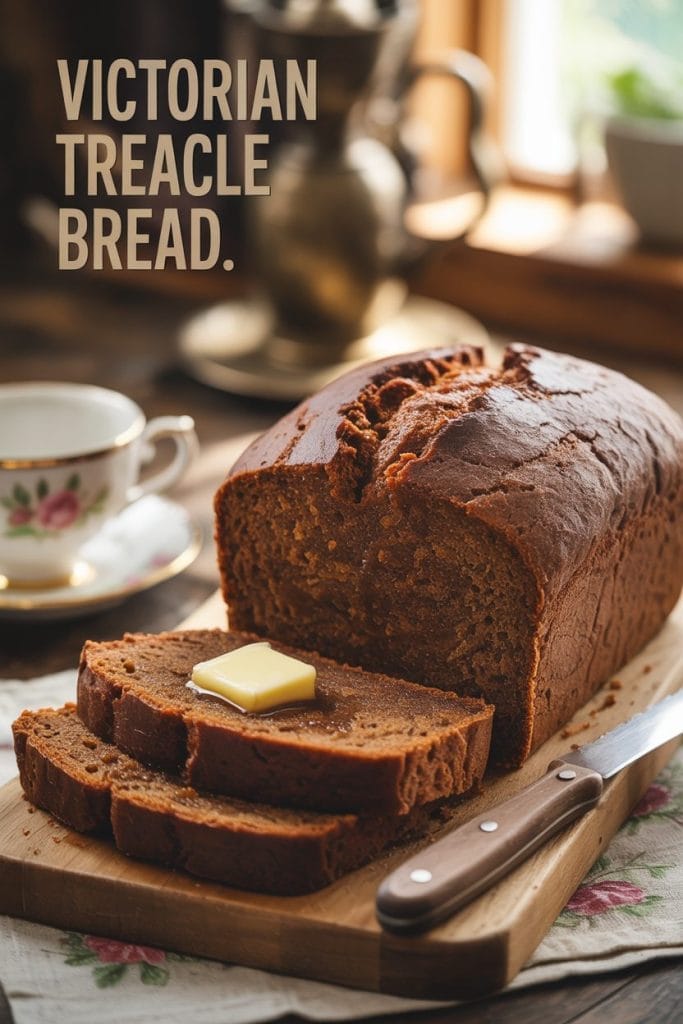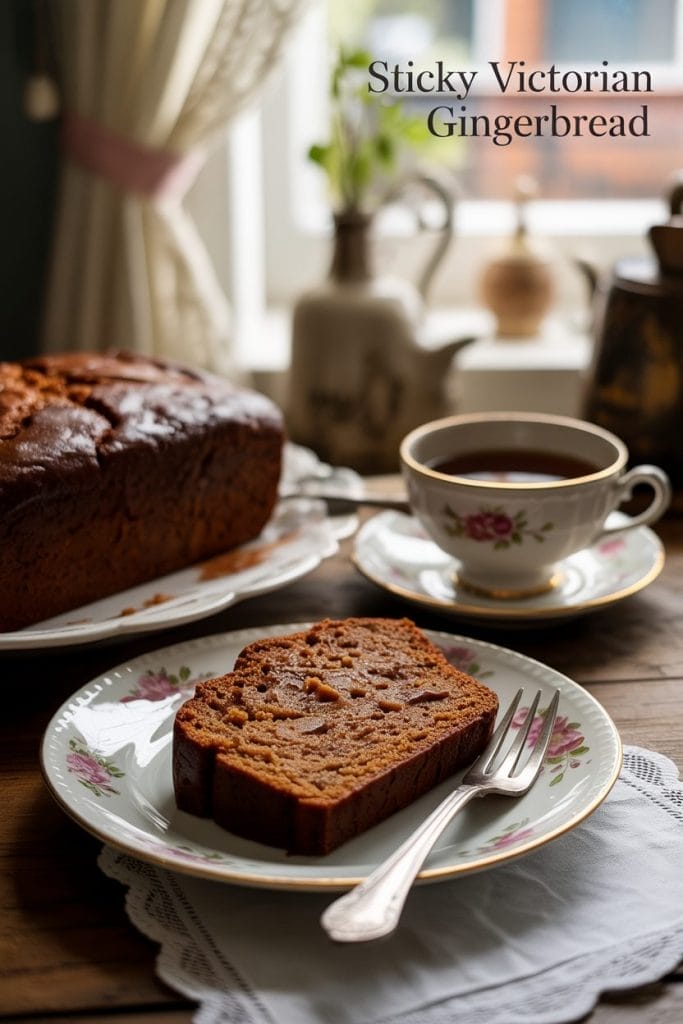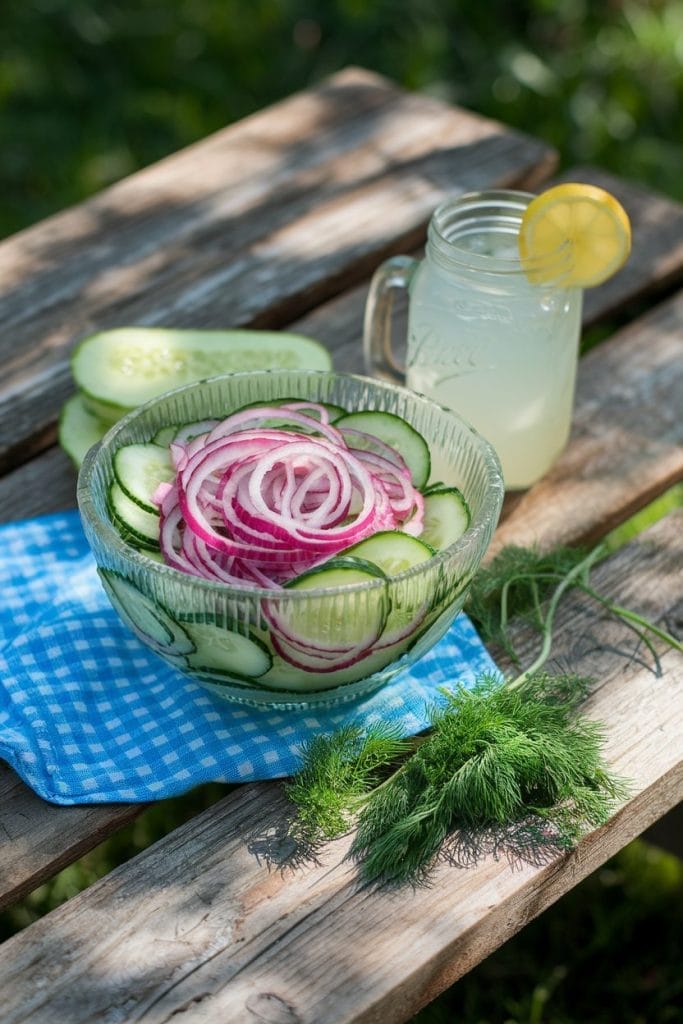I Made These FREE Vintage Recipe Tools JUST For You
This recipe was created with help from AI tools and carefully reviewed by a human. For more on how we use AI on this site, check out our Editorial Policy. Classic Fork earns a small commission from Amazon and other affiliate links at no extra cost to you, helping us keep our content free and honest.
7 Forgotten Colonial Breads Recipes You Need to Try Today
Time Period:
Meal Type:
Did you know that some of the most flavorful, hearty breads from colonial America have nearly disappeared? Before factory-made loaves and store-bought yeast, early bakers had to get creative.
From fire-baked ash cakes to molasses-infused loaves, these seven forgotten breads deserve a comeback in your kitchen.

What Would You Cook in Wartime?
Step back in time and discover what you could make with limited wartime rations
1. Sally Lunn Bun
The Sally Lunn bun is a rich, slightly sweet bread with a cake-like texture, originating from Bath, England, in the 17th century. It was named after a French Huguenot baker, Solange Luyon, who fled religious persecution and settled in England.
The bun became popular as a luxurious tea-time bread, often served warm with butter. It was later brought to colonial America, where it remained a favorite in the southern states.
Eaten in: England, Colonial America (especially the South)
Why people made it: A soft, rich bread that was perfect for tea time and special occasions.

2. Cornbread
Cornbread has deep roots in Native American cuisine. Indigenous people of North America were already making bread from ground maize long before European settlers arrived. When colonists adopted the technique, they modified it using European baking methods.
Cornbread became a staple in colonial America, especially in the South, where wheat was scarce. It was eaten with stews, meats, or simply buttered.
Eaten in: North America (especially the Southern U.S.)
Why people made it: Corn was easy to grow, and wheat was expensive, making cornbread a practical and filling staple.

3. Boston Brown Bread
Boston Brown Bread, also known as “thirded bread,” was a staple in colonial New England. The name comes from the mix of three grains—rye, wheat, and cornmeal—used due to the region’s poor wheat-growing conditions.
It was traditionally steamed rather than baked, giving it a dense, moist texture. Colonists often ate it with baked beans, making it a classic Saturday night meal in New England.
Eaten in: New England, USA
Why people made it: Steaming made it easier to cook over open fires, and the mix of grains made it more affordable

4. Johnnycake
Johnnycakes are thin, pancake-like corn cakes that originated with Native American tribes like the Narragansett. Early European settlers adopted the recipe, making it a staple food in the American colonies.
It was a common survival food because cornmeal was cheap, and the cakes could be cooked on hot stones or griddles. They were often eaten with butter, molasses, or salt pork.
Eaten in: New England and the Southern U.S.
Why people made it: Simple ingredients and easy cooking made it a go-to meal for travelers and settlers

5. Mbeju
Mbeju is a Paraguayan starch and cheese bread with roots in indigenous Guaraní culture. Made with cassava starch instead of wheat, it was a survival food in colonial Paraguay, where wheat was scarce.
Spanish colonizers adapted the traditional recipe by adding dairy, creating a unique, slightly crispy bread that remained a staple in Paraguayan households.
Eaten in: Paraguay, Argentina, and other parts of South America
Why people made it: Cassava was abundant, making it a practical alternative to wheat-based bread

6. Concha
Concha is a sweet, shell-patterned Mexican bread that dates back to colonial times. Spanish colonists introduced wheat and baking techniques to Mexico, blending them with indigenous ingredients.
The bread’s signature sugar-crusted top mimics a seashell, giving it its name. Conchas became a staple of Mexican breakfasts and were often eaten with hot chocolate or coffee.
Eaten in: Mexico, parts of Central and South America
Why people made it: A festive, flavorful bread that combined European baking methods with local ingredients

7. Damper
Damper is a simple Australian bush bread made by early European settlers. It was traditionally cooked in the ashes of a campfire, making it a practical food for travelers and stockmen in the Australian outback.
It required only flour, water, and salt, making it ideal for long journeys. Later, variations included milk or butter for a richer texture.
Eaten in: Australia, especially in rural areas
Why people made it: A survival bread that was easy to cook while traveling through the bush

Maggie Hartwell
Hi there, I’m Maggie Hartwell, but you can call me Maggie—the apron-clad foodie behind Classic Fork! I created Classic Fork because I’m convinced food has a way of telling stories that words can’t. So, grab a fork and dig in. The past never tasted so good!






